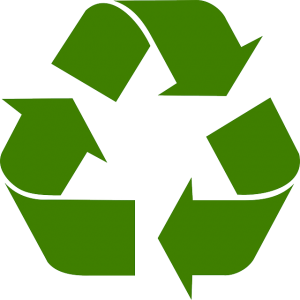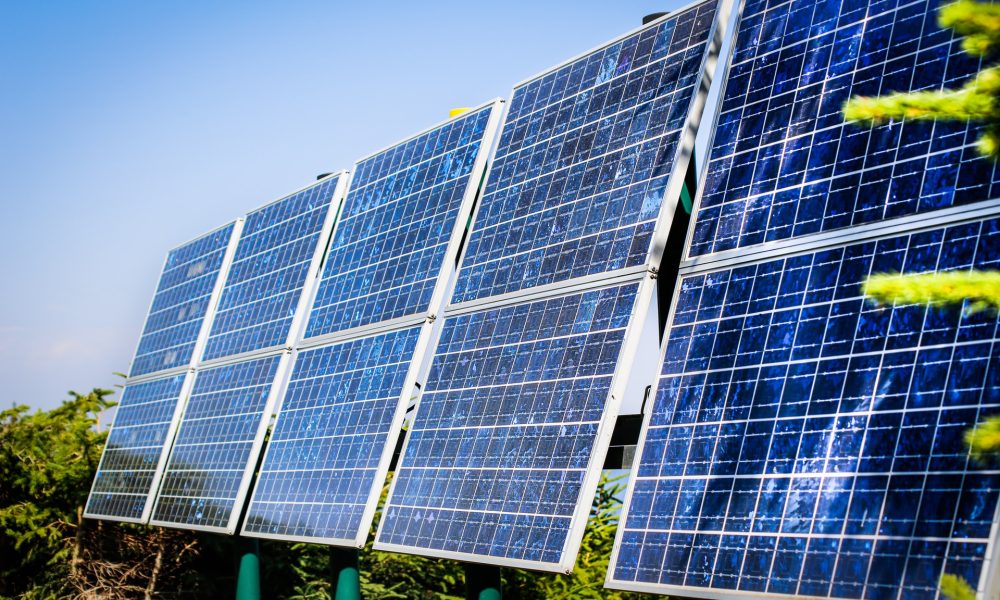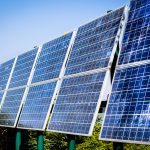Introduction: Solar Panel Recycling
By this point, there’s no denying the impact that solar panel systems have had on the world of energy generation. By harnessing the immense power of the sun, solar panels can generate energy cleanly and now, more than ever before, cheaply. Not only that, but solar panels promote energy independence by freeing us from the grid, lowering our electricity bills, and, of course, can help save the environment. These days, it’s looking like more and more of our homes and business are going to be looking to solar energy for their power needs.

However, that does leave us with one glaring problem. What’s to be done with solar panels that reach the end of their lifespan? Now, let’s be clear: solar panels have a long lifetime, in the range of twenty-five years or more. Solar panels you buy right now will last you for a long time and give you the clean, efficient energy that you expect.
However, they don’t, unfortunately, last forever. This means that we’ll need to come up with a way to properly recycle our solar panels.
Traditionally, this has been done by treating these old solar panels with hydrofluoric acid, an extremely dangerous and corrosive substance. However, a new method has emerged that looks to not only be safer but highly cost-effective.
Benefit of Recycling

If you’re interested in solar panels, you’re likely already interested in recycling as a principle. However, it’s also easier to think about recycling in terms of putting cardboard boxes into the right bin compared to thinking about what happens to solar panels at the end of their lifetime, for example.
The good news, first off, is that solar panels tend to last a long time. Your average panel can last about twenty-five years or more, and researchers are always looking at ways to make them last even longer. Solar inverters don’t last as long, but still make it to a respectable ten years on average.
While solar panels do last a long time, they do reach the end of that lifetime at some point. Around sixty million tons of solar panels have already become waste, due to their natural loss of efficiency at the end of their life. This is a problem that needs a good solution, and that’s where solar panel recycling comes in.
Previous Methods of Solar Panel Recycling
Typically, to recover the materials in solar panels, the most widespread method has been a hydrofluoric acid wash or the use of a mix of hydrofluoric acid and other chemicals. Hydrofluoric acid is extremely toxic and corrosive and is specifically dangerous to people in a way that other acids are not. Hydrochloric acid, for example, will attack the skin with its active Hydrogen cation. Hydrofluoric acid also has that dangerous local effect, but its fluoride anion causes deeper damage on a systemic level in the body. Exposure to a large amount of hydrofluoric acid can lead to organ failure, erratic heart function, and even death.

So, in order to recover the valuable silicon, aluminum, silver, and lead found in solar panels, it would do good to use a method that’s not quite as dangerous.
The New Method
Rather than using a simple hydrofluoric acid wash, a new method discovered by researchers at India’s KPR Institute of Engineering and Technology uses several different chemicals to recover the aforementioned materials.
The researchers used sodium hydroxide at 63 degrees Celsius to handle the aluminum layer, nitric acid to take care of the silver electrodes and lead, and phosphoric acid to remove the anti-reflective coating.
The results appear to be quite promising – their tests have shown that they can recover 99.9984% pure silicon. Those are great numbers for any recycling venture, especially to reuse a material as important as silicon.
This process also seems to be cost-effective. Though these analyses are always subject to change, they’ve determined that the materials recovered are more valuable than the cost to recycle them. That’s very promising, as the solar panel market is only growing larger, and we’ll need a good method to handle the panels that inevitably reach the end of their lifespan. That recovered silicon can be used for a variety of applications, from new solar cells to diodes, transistors, and even microchips.
Conclusion
There’s no denying that solar panels are key in our journey to move away from our dependence on fossil fuels and towards greater energy independence. However, this does leave us with a distinct issue – once all of these solar panels reach the end of their lifespan, we’ll need to find something to do with all of them. Recycling is the obvious answer here, and a new method of solar panel recycling seems to be successful at recovering highly pure silicon, is cost-effective, and avoids the use of dangerous hydrofluoric acid.








